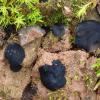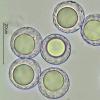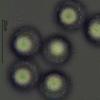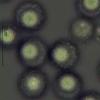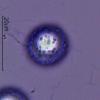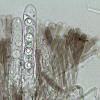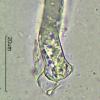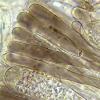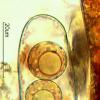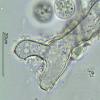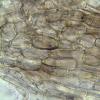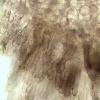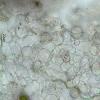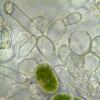
09-01-2026 17:41
Arnold BüschlenHallo, F. dilatata wird von vielen Bryoparasiten

10-01-2026 20:00
Tom SchrierHi all,We found picnidia on Protoparmeliopsis mur

07-01-2026 22:22
 Danny Newman
Danny Newman
Tatraea sp. on indet. hardwood The Swag, Great Sm

10-01-2026 01:18
 Danny Newman
Danny Newman
cf. Neovaginatispora fuckelii on indet. shrub Pre

07-01-2026 10:24
 Danny Newman
Danny Newman
Pezicula sp. on indet. hardwood Appalachian Highl

09-01-2026 10:08
 Blasco Rafael
Blasco Rafael
Hola, en el mismo habitat que la anteriorRetamaDia

08-01-2026 21:22
 Blasco Rafael
Blasco Rafael
Hola, He recogido esta muestra de Orbilia sobre Re

07-01-2026 17:29
 Marc Detollenaere
Marc Detollenaere
Dear Forum,On a barkless Populus I found some smal

10-11-2021 17:33
 Riet van Oosten
Riet van Oosten
Add-on topic http://www.ascofrance.com/forum/7059

07-01-2026 10:05
 Danny Newman
Danny Newman
cf. Chaetospermum on XylariaCosby Campground, Grea

Hola a todos.
Subo unas imágenes de un disco negruzco que hemos encontrado hoy sobre tierra húmeda, en un bosquete de P. halepensis y carrascas,
Tiene esporas esféricas de 14,5-17,5 micras, con verrugas redondeadas muy pequeñas y aisladas.
No vistos croziers, IKI(-).
¿Qué os parece que puede ser?
Gracias por su ayuda.
Rubén
may be Scabropeziza/ Plicaria spec.
Peter.

I don't know but only for information, see description of Greletia (Smardaea) mülleri, an american species.
Beñat

Gracias Peter, Beñat.
He mirado Greletia mülleri y la ornamentación esporal es parecida y podría encajar, pero la medida esporal es algo menor.
Seguiré buscando.
Un saludo
Rubén
Hope you find the correct name for it.
Sincerely,
zaca
Plácido

M. pseudoanthrancina is a Peziza, see fungi non delineati by René.
And spores of it are around 7-8 µm, not 14-17 like here. A big difference, no ?
Agur bero bat,
Beñat

For a project dedicated to some Marcelleina species, we had the opportunity to sequence Rubén's collection. A paratype of Marcelleina donadinii was also revised and sequenced, and appears to be the same as Rubén's fungus!
Except the spore size, slightly smaller, Ø (12.5) 13-15 µm, in the paratype, the other features agree with Moravec's description (1987). Note that Moravec's drawing of ascospores doesn't correctly render the small warts on the surface (its SEM photos are more informative).
Finally, this species seems to be a member of Discinaceae...

Gracias por la información.
Un abrazo
Rubén
